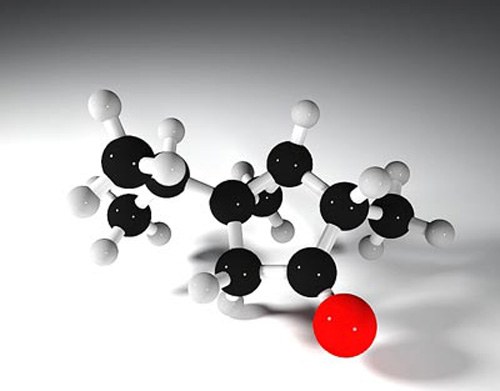You will need
- - handle;
- paper for records;
- calculator;
- - the periodic table.
Instruction
1
Write the chemical formula of the compound, relative molecular mass which you want to calculate. For example, phosphoric acid H3PO4. From the formula you can see that the molecule of the acid has three hydrogen atoms, one phosphorus atom and four oxygen atoms.
2
Look in the periodic table cell elements that comprise this molecule. The values of relative atomic masses (Ar) for each substance listed in the lower left corner of the cell. Rewrite them, rounding to the nearest whole number: Ar(H) – 1; Ar( P) – 31; Ar(O) is 16.
3
Determine the relative molecular mass of compound (Mr). To do this, multiply the atomic mass of each element by the number of atoms in the molecule. Then add the resulting values. For phosphoric acid: Mr(н3ро4) = 3*1 + 1*31 + 4*16 = 98.
4
Relative molecular mass is numerically equal with the molar mass of the substance. Some tasks use this connection. Example: a gas at a temperature of 200 K and a pressure of 0.2 MPa has a density of 5.3 kg/MZ. To determine its relative molecular mass.
5
Use the equation Mendeleev-clayperon for an ideal gas: PV = mRT/M, where V is gas volume, m3; m is the mass of the ate of gas, kg; M is the molar mass of gas, kg/mol; R – universal gas constant. R=8.314472 м2кг-2 K-1 Mol-1; T – gas temperature, K; P is the absolute pressure, PA. We Express this dependence of the molar mass: M = mRT/(PV).
6
As you know, the density formula p = m/V, kg/m3. Substitute it into the expression: M = рRT/P. Determine the molar mass of gas: M = 5,3*8,31*200/(2*10^5) = 0,044 kg/mol. Relative molecular mass of gas: Mr = 44. You can assume that it is carbon dioxide: Mr(CO2) = 12 + 16*2 = 44.
